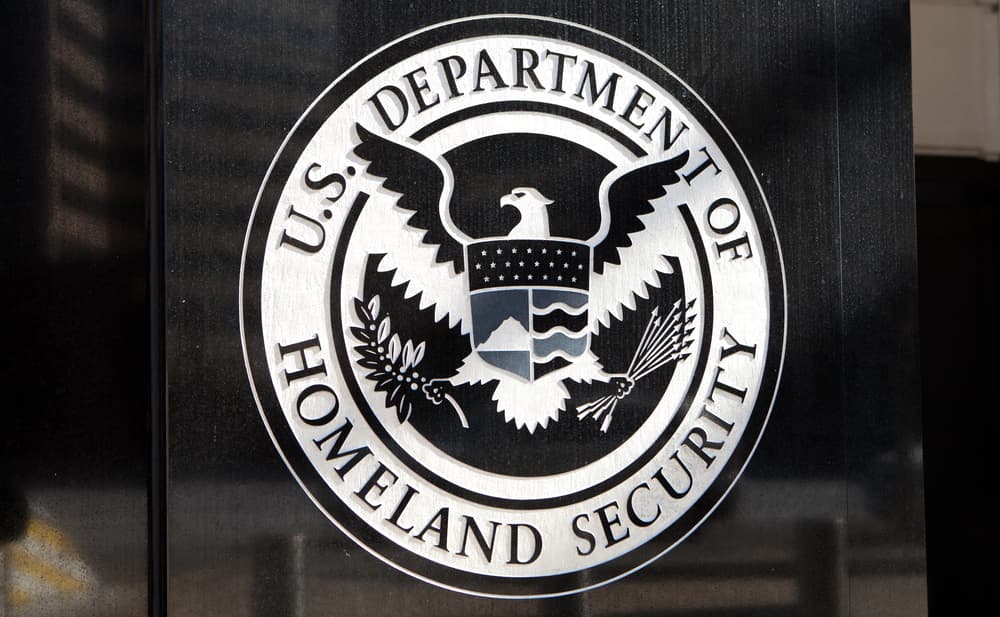EB-5 processing pundit Suzanne Lazicki has reviewed the newly released I-956 Application for Regional Center Designation, and notes that the I-956 “provides minimal instructions…. requests less evidence than the previous I-924 application.” More than once, she questions if the lack of specific direction in the new form is intentional or an oversight by USCIS. Lazicki expects every I-956 filing to receive a Request for Evidence.
With 60 days having elapsed since the enactment of the EB-5 Reform and Integrity Act of 2022 (RIA), the new regional center program is now in effect. And this means any entity wishing to be recognized as a regional center — regardless of past designation — must submit and wait for the approval of the newly published Form I-956 Application for Regional Center Designation and the Form I-956H Bona Fides of Persons Involved with Regional Center Program.
After a review of the new form, Lazicki observes that there are many key differences from what applicants were used to seeing in the past.
Reform and Integrity Act language copied — without interpretation or comment
Both the I-956 and I-956H lift language directly out of the Reform and Integrity Act — mostly without adding additional clarification or direction, observes Lazicki.
However, in once instance, the I-956 application does provide some further instructions: “The description [of policies and procedures] may include, but is not limited to, the regional center’s policies and procedures regarding internal controls, risk management and assessment, governance, and fraud detection and/or deterrence. Documentation may include, but is not limited to, Policy Manuals and Standard Operating Procedures.”
Evidence often appears to be optional at this stage of filing
While the previous iteration of the regional center application required seven pieces of “evidence you must submit,” the new I-956 is far less strict in its requirements for proof. The phrase “must submit” has been replaced for the most part by “may provide.” Lazicki explains that it may be possible for an applicant to actually fill out the form with no evidence offered beyond the I-956H Bona Fides form to document the persons affiliated with the regional center.
What’s even more surprising is that Lazicki offers the following: “As an applicant I’d be tempted to go for a minimal initial filing, considering that I can hardly avoid an RFE in any case, given the vague and minimal instructions provided upfront.”
USCIS doesn’t care about an applicant’s regional center history
Contrary to hopes of all entities who were formerly recognized with official regional center status, the I-956 makes no mention of prior designation or history of promoting economic development. While the old Form I-924 sought disclosure of an applicant’s previous regional center termination or denial, the new form does not.
Less defined economic area and impact — and no business plan evidence
The trend of no clearly defined direction continues with geographic area and economic impact. While Form I-956 does ask for evidence of a “substantive impact on a geographic area” including “reasonable predictions” evidenced by economic analysis, the form does not define what such an impact must be or even require predictions based on a specific project.
In fact, no business plan is required for submission of an I-956. Lazicki states that the economic evidence required would therefore be merely theoretical.
Lazicki reminds us that this is far different than the I-924 which did ask for economic analysis based on business plan inputs, to show that the geographic scope of the regional center is “reasonable based on the evidence that the proposed area is contributing significantly to the supply chain and labor pool of the proposed new commercial enterprise.”
Such a pronounced shift in application direction causes Lazicki to wonder if USCIS was either “careless” in the creation of the new application, or if the agency is now less rigid with its review of a regional centers geographic jurisdiction.
She further ponders if the Immigration Service is intentionally separating regional center designation from NCE or project approvals; if this were the case, she would expect all applicants to provide “theoretic cases for sprawling multi-state geographies.”
Organization checks are limited
The new application merely requires the submission of the legal name of the entity seeking regional center designation and the persons affiliated with that entity — but not business experience. Contrary to the requirements of the old I-924, the new form does not seek a regional center's formation documents, Operating Agreement, or management agreements.
Once again, Lazicki wonders if this stripped-down successor to the I-924 is an “oversight” or not.
Guidance to come with approval notice
“The approval notice will provide information about the responsibilities and obligations of your USCIS designated regional center,” advises Form I-956. “It will also list the evidence to submit in support of regional center-associated individual EB-5 petitions, as well as details on the reporting and oversight requirements for regional centers.”
Lazicki asks a very good question: “Why not disclose the approval notice template upfront, so that applicants can shape their plans around these requirements?”
Conclusion: more open-ended questions than answers
The I-956 seems far more simple than its predecessor, with “open-ended questions and minimal instructions,” Lazicki remarks. While she anticipates this leading to “significant processing times for Form I-956,” not everyone believes this will be the case.
Veteran immigration lawyer Robert Divine believes that a protracted period without regional centers would eat into the five-year reauthorization period and also lead to many mandamus lawsuits against the government for unreasonably delayed processing.
Open-ended questions seem to not only define this new regional center application form, but much of the EB-5 industry itself at this moment of transition.
See Suzanne Lazicki’s article here “Comments on the new Form I-956 Application for Regional Center"
See the new Form I-956 on the USCIS website


